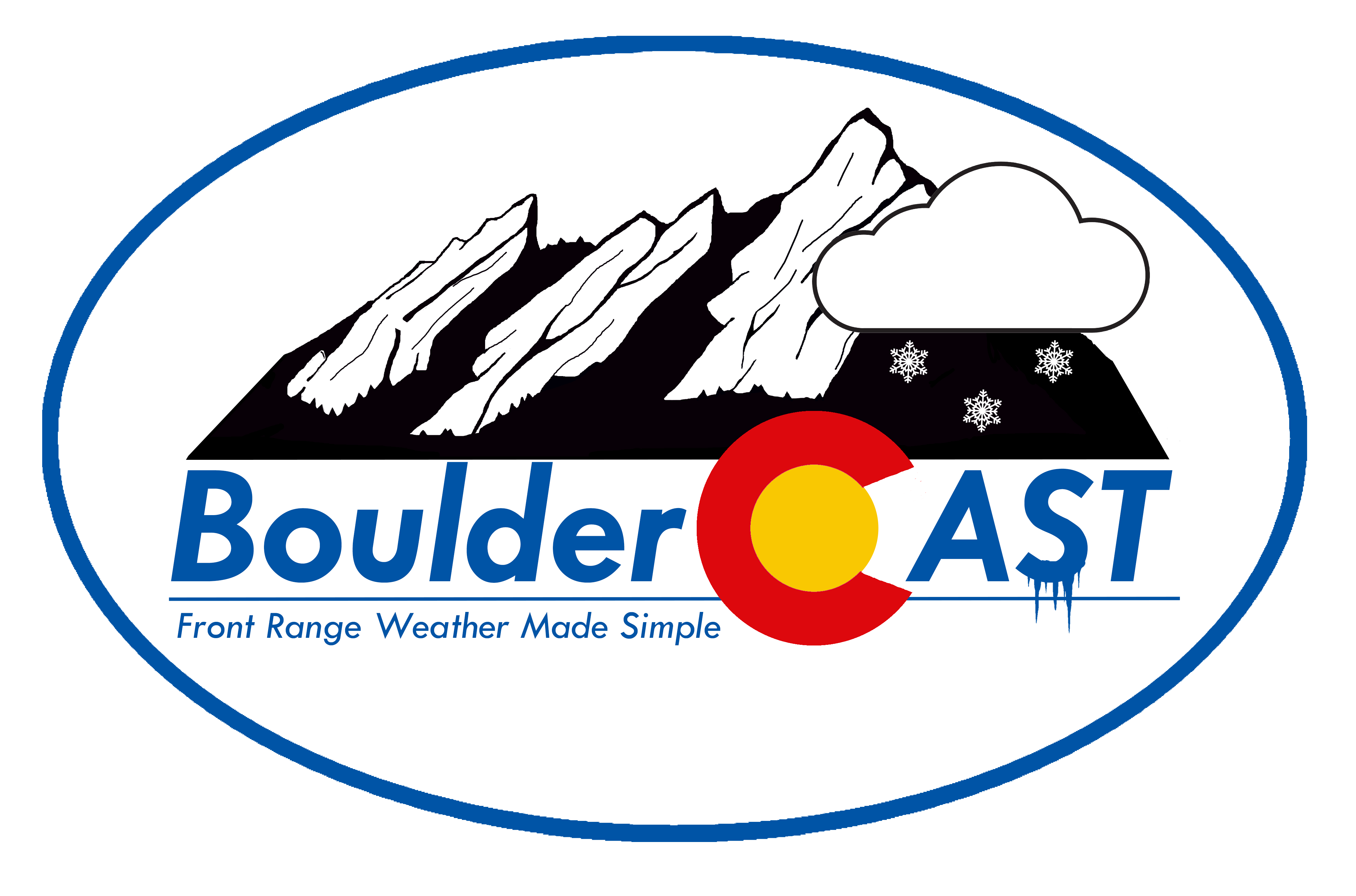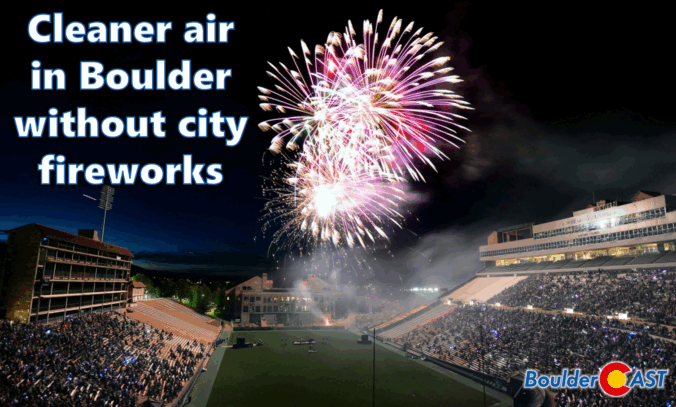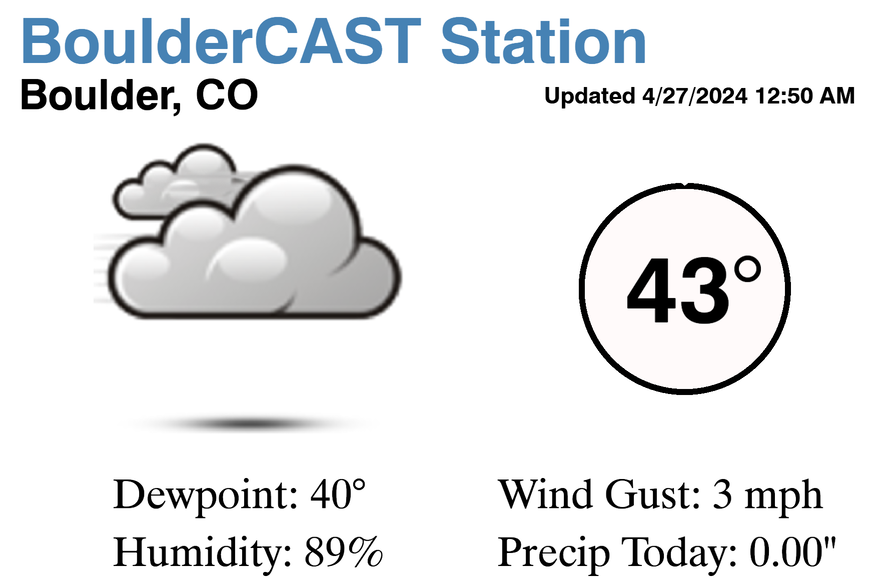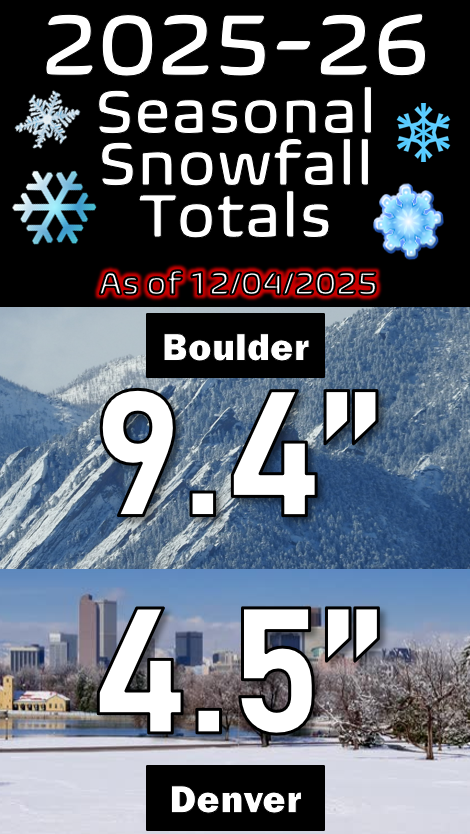While fireworks once lit up Boulder’s Fourth of July, the city has moved on from the tradition due to rising fire risks, noise concerns, crowd issues, and high costs. But there’s another reason to consider: air quality. This year’s air quality data from across the Denver Metro area revealed that Boulder’s lack of a city-run fireworks show resulted in noticeably lower pollution levels compared to neighboring cities.
Boulder: A Case Study in Doing Things Differently
Fireworks contribute to air pollution by releasing a cocktail of harmful pollutants into the atmosphere. When ignited, they emit particulate matter (PM2.5 and PM10), which are tiny airborne particles that can penetrate deep into the lungs and even enter the bloodstream. Fireworks also release heavy metals like strontium, barium, and copper—used to produce vivid colors—which can be toxic when inhaled. Additionally, the combustion of black powder (gunpowder) produces carbon dioxide, carbon monoxide, and nitrogen oxides, contributing to greenhouse gas emissions and smog formation. The impact is especially noticeable during the prolific firework displays on the Fourth of July, when a sudden spike in air pollution occurs and lingers for several hours across the entire Front Range.
Since 2019, Boulder residents have experienced far fewer of those pollution spikes on the Fourth, largely because the city stopped hosting fireworks at Folsom Field. For three years, COVID concerns grounded the show. When festivities returned in 2023, Boulder swapped fireworks for a drone display—an effort to reduce fire risk in a region still reeling from the Marshall Fire. Unfortunately, weather had other plans: severe thunderstorms, wind, and hail scrubbed the drone show. In 2024, a loss of sponsorship led to the event’s indefinite cancellation. And by 2025, Folsom Field hosted a ticketed concert for the holiday instead.
Thus, Boulder is an interesting test case for examining how the lack of city-run fireworks impact the amount of particulate matter in the air.
So, Did It Make a Difference in 2025?
Let’s take a look at how regional air quality degraded this year on the Fourth. Keep in mind that the wind was blowing in from the west or northwest during the evening, though it was light at only around 5 to 10 MPH. Thus, cities in the western Metro area would be constantly receiving “clean” air coming down from the Foothills, whereas locations further east would be receiving air from upstream cities that were also launching heaps of fireworks. We specifically chose Boulder and Longmont as they are both on the northwest side of the Denver Metro area, which given the winds Friday night, would mean they were receiving similarly low amounts of pollution from upstream.
Here are a few observations and summaries from a few select cities:
- Boulder: Barely any uptick was detected until around 11:00 PM, which saw the Air Quality Indices (AQIs) increase across the city to ~70. Air quality started to return to normal after 1:00 AM. The fact that there was any uptick at all comes from private fireworks, many illegal and imported from Wyoming. Particulates remaining in the air until 1:00 AM would suggest people continued to launch fireworks well into the night, or could be some influence from the topography of Boulder Valley slowing the clear out.
- Longmont: Pollution started to increase around 8:30 PM, peaking around 10:00 PM at 120-170 AQIs. This was approximately the time the city-run show ended. Most locations returned to normal levels by 11:00 PM, though one station remained elevated until after midnight. The city fireworks didn’t begin until 9:30 PM, so anything before that was coming from private citizens. Interestingly, Longmont had the highest spike in air quality at ~155, but it cleared out the fastest. Perhaps most people in Longmont had to be up early the next day?
- Broomfield: Similar to Longmont, pollution began happening early, even maybe as early as 8PM — long before it was even dark enough to fully enjoy fireworks. Most locations saw a peak at ~140 around 9:30-10:00 PM during the city’s fireworks show. Levels returned to normal around Midnight.
- Denver (Downtown-ish): Outside of the roughly 15-minute show at Coors Field celebrating another thrilling Rockies loss, the city of Denver did not host official fireworks Friday night. However, this did not prevent a broad rise in particulates from 9:00 PM in 1:00 AM in Denver, with sites averaging AQI peaks of ~145. This suggests that citizen fireworks, and the air blowing in from upstream cities polluted Denver substantially for several hours.

Time series of PM 2.5 AQI from several sensors in four Front Range cities in the evening of July 4, 2025 | Source: Purple Air
Why Boulder’s Not Going Back
Fireworks may have been a big part of Boulder’s Fourth of July celebrations in the past, but there are plenty of reasons fireworks may be done for good here:
- Fire danger is no joke during Colorado summers.
- Noise can cause havoc for pets, wildlife, and people sensitive to loud sounds.
- Crowd control isn’t always easy, especially near campus or downtown, and when alcohol is involved.
- And let’s not ignore the price: the old show cost around $75,000 a year.
Several hours of forced exposure to unhealthy levels of particulates is just another reason that fireworks are not likely to return in any official capacity to Boulder. This isn’t about banning fun. It’s about rethinking our traditions in ways that better serve our community’s safety and health. Drone shows, concerts, and community events can all carry the spirit of celebration without clouding the air we breathe, air that is so often already filled with thick wildfire smoke and ozone this time of year. Boulder has made its choice already. Maybe it’s time for other Front Range cities to follow suit.
Daily Forecast Updates
Get our daily forecast discussion every morning delivered to your inbox.
All Our Model Data
Access to all our Colorado-centric high-resolution weather model graphics. Seriously — every one!
Ski & Hiking Forecasts
6-day forecasts for all the Colorado ski resorts, plus more than 120 hiking trails, including every 14er.
Smoke Forecasts
Wildfire smoke concentration predictions up to 72 hours into the future.
Exclusive Content
Weekend outlooks every Thursday, bonus storm updates, historical data and much more!
No Advertisements
Enjoy ad-free viewing on the entire site.
Enjoy our content? Give it a share:













You must be logged in to post a comment.